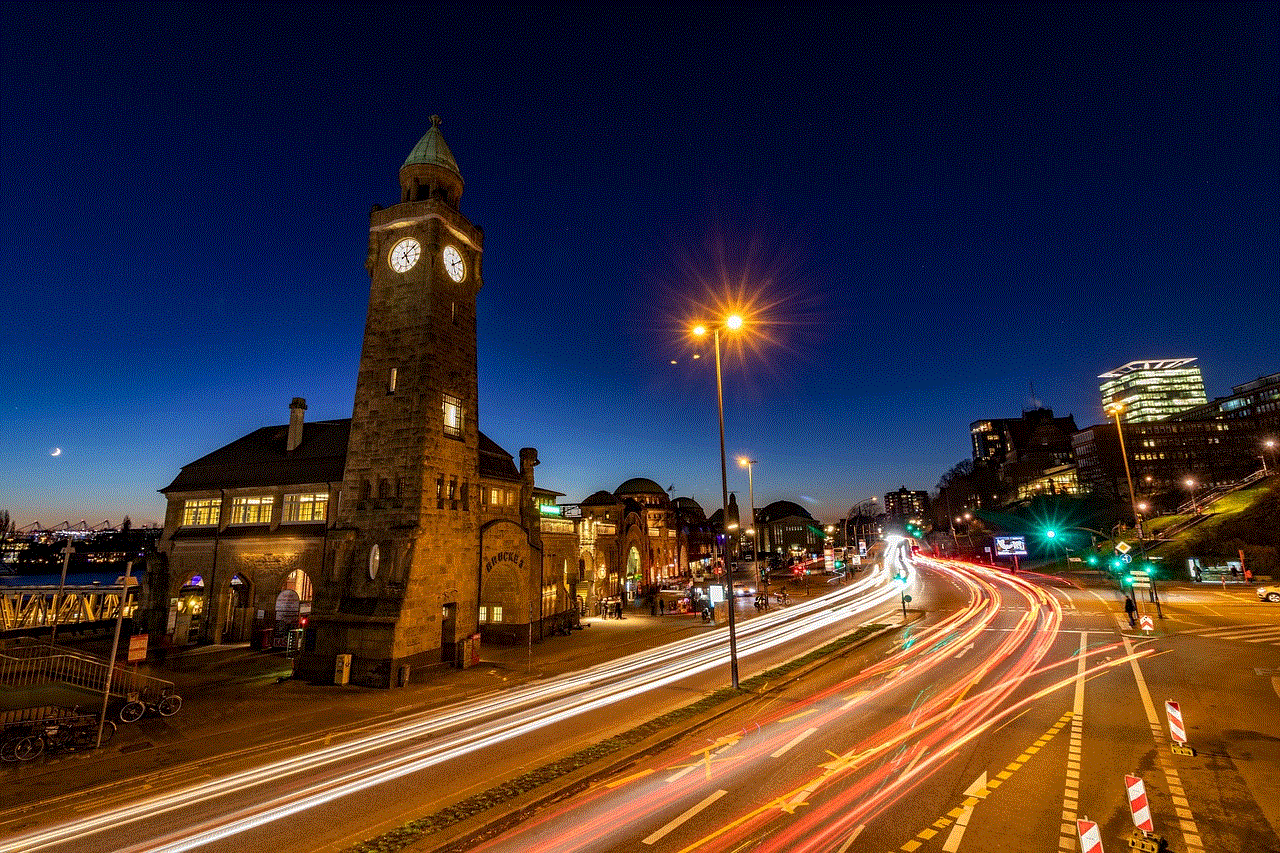cons of later school start times
The issue of school start times has long been a topic of debate among educators, parents, and policymakers. While some argue that starting school later in the day can have numerous benefits for students, there are also several cons to consider. In this article, we will explore the disadvantages of later school start times and examine the potential negative impacts they may have on students, families, and the education system as a whole.
1. Disruption of Family Schedules:
One of the main drawbacks of later school start times is the disruption it can cause to family schedules. Many parents have to work early in the morning and rely on the current school start times to ensure their children are safely supervised before they leave for work. If schools were to start later, it could create a significant burden for working parents who would need to find alternative arrangements for their children in the mornings.
2. Increased Traffic Congestion:
Later school start times could also contribute to increased traffic congestion during peak commuting hours. With schools starting later, more parents would be dropping off their children at the same time they are heading to work. This could lead to longer commute times, more accidents, and a general increase in traffic congestion, negatively impacting both parents and the general public.
3. Reduced After-School Time for Extracurricular Activities:
Many students participate in extracurricular activities such as sports, music lessons, or clubs after school. Starting school later in the day would mean that students would have less time for these activities, as they would need to be completed before the evening. This could limit students’ opportunities for personal growth, skill development, and social interaction outside of the classroom.
4. Limited Time for Part-Time Jobs:
For high school students who rely on part-time jobs to support themselves or save for college, later school start times could pose a significant challenge. With less time available after school, students may find it difficult to balance their academic responsibilities with their work commitments. This could have long-term implications for their financial independence and overall career prospects.
5. Impact on Sleep Schedules:
While the idea of later school start times is often rooted in the belief that it allows students to get more sleep, this may not always be the case. Teenagers’ sleep schedules are influenced by various factors, including their natural circadian rhythm and their overall sleep hygiene habits. Simply starting school later does not guarantee that students will go to bed earlier or get more sleep. In fact, some students may be more prone to staying up later if they know they can sleep in the next morning, leading to a potential shift in their sleep patterns that may negatively impact their overall well-being.
6. Incompatibility with Parents’ Work Schedules:
Later school start times could also create compatibility issues between parents’ work schedules and their children’s school schedules. If parents need to be at work early in the morning, they may struggle to accommodate the later start times for their children. This could result in increased absenteeism or tardiness for students, further disrupting their education and potentially affecting their academic performance.
7. Reduced Time for Homework and Study:
Starting school later may mean that students have less time in the afternoon and evening to complete their homework and study for exams. This could lead to increased stress levels, as students may feel rushed or overwhelmed trying to meet their academic obligations within a shorter timeframe. It could also result in lower academic performance, as students may not have sufficient time to fully engage with their coursework and adequately prepare for assessments.
8. Inconvenience for Bus Transportation:
Shifting school start times may also present logistical challenges for bus transportation systems. School buses often operate on tight schedules, and changing start times could require significant adjustments to bus routes, pick-up times, and drop-off locations. This could result in increased costs for school districts and potentially longer bus rides for students, leading to additional stress and fatigue.
9. Implications for Working Parents’ Productivity:
For parents who work early in the morning, the current school start times provide a predictable routine that allows them to plan their workday accordingly. If schools were to start later, parents may need to adjust their work schedules, potentially affecting their productivity and overall job performance. This could have economic implications for families and the wider workforce.
10. Alignment with College and Employment Schedules:
Later school start times may not align with the schedules of colleges, universities, and employers. If high school students are accustomed to starting their day later, they may struggle to adapt to early morning classes or work shifts in the future. This could potentially limit their options for continuing education or employment opportunities and hinder their transition into adulthood.
In conclusion, while the idea of starting school later in the day may seem appealing, it is crucial to consider the potential cons and unintended consequences that this change may bring. Disruption of family schedules, increased traffic congestion, reduced time for extracurricular activities and part-time jobs, impact on sleep schedules, incompatibility with parents’ work schedules, reduced time for homework and study, inconvenience for bus transportation, implications for working parents’ productivity, and alignment with college and employment schedules are all important factors to consider when evaluating the feasibility and desirability of later school start times. Any changes to school start times should be carefully examined and take into account the diverse needs of students, families, and the community as a whole.
the circle season 1 location



The Circle Season 1 Location: A Hub of Intrigue and Strategy
The Circle , a popular reality television show, took the world by storm when it first premiered in 2018. This unique social experiment brought together a group of individuals who never met in person but instead communicated solely through a social media platform called “The Circle.” While the show’s premise and gameplay were captivating, the location where it all unfolded added an extra layer of fascination. In the first season, the contestants resided in an ultra-modern apartment building situated in Salford, Greater Manchester, England. This article will delve into the details of this intriguing location and explore its significance in the context of the show.
Salford, a city located in the metropolitan borough of Greater Manchester, has a rich history and vibrant culture. It is home to several iconic landmarks, including the famous MediaCityUK. This sprawling complex, situated on the banks of the Manchester Ship Canal, boasts cutting-edge studios, offices, and residential spaces. It is in this innovative hub that The Circle Season 1 found its ideal location.
The Circle apartment building, often referred to as “The Circle Block,” became the backdrop for the contestants’ endeavors. This sleek and modern structure stood tall amidst the bustling atmosphere of MediaCityUK, creating an atmosphere of excitement and anticipation. With its glass façade and contemporary design, the building perfectly embodied the show’s futuristic concept.
The contestants of The Circle Season 1 were treated to an exceptional living experience within the confines of this remarkable building. The apartments were thoughtfully designed to provide both comfort and functionality. Each space was equipped with the latest technology, allowing the players to communicate with one another through The Circle platform and engage in various challenges to gain popularity and secure their position in the game.
The interior of the apartments featured sleek furnishings, minimalist décor, and state-of-the-art amenities. The open-plan layout seamlessly connected the living, dining, and kitchen areas, creating a sense of spaciousness. Floor-to-ceiling windows adorned the walls, offering breathtaking views of the surrounding cityscape. The bedrooms were cozy sanctuaries, providing the contestants with much-needed privacy and respite from the game’s intensity.
The Circle Block also offered communal spaces where the players could interact and form alliances. The building’s communal lounge, known as “The Hangout,” became a central meeting point for the contestants. Here, they could relax, strategize, and exchange insights about their fellow players. The Hangout was furnished with comfortable seating, vibrant artwork, and a large screen displaying The Circle platform, adding to the overall atmosphere of anticipation and intrigue.
Beyond the luxurious apartments and communal spaces, the location of The Circle Season 1 held additional significance. MediaCityUK, with its diverse range of media companies, made it the perfect setting for a show that revolved around social media and digital communication. The Circle, being a show that explored the dynamics of online interactions, found its natural home in this thriving media hub.
The contestants themselves were not only confined to the walls of the apartment building but were also given the opportunity to explore the surrounding area. MediaCityUK offered a plethora of amenities, including restaurants, cafes, shops, and entertainment venues. The contestants could venture out and engage with the real world, adding an exciting element to the game.



The location also played a crucial role in shaping the overall atmosphere of The Circle Season 1. Salford, with its industrial heritage and vibrant cultural scene, added depth and authenticity to the show. The juxtaposition of the modern Circle Block against the backdrop of the city’s rich history created a captivating visual contrast. This contrast perfectly mirrored the dichotomy between the contestants’ digital personas and their real-life identities.
The Circle Season 1 location did more than just provide a setting for the show. It became an integral part of the contestants’ experience, shaping their interactions, strategies, and ultimately, their journey on the show. The sleek and modern apartments, the communal spaces, and the vibrant surroundings all contributed to the atmosphere of intrigue and strategy that defined The Circle.
In conclusion, The Circle Season 1 location in Salford, Greater Manchester, England, added an extra layer of fascination to the show. The Circle Block, situated in the heart of MediaCityUK, provided the perfect backdrop for this unique social experiment. The sleek and modern apartments, communal spaces, and the vibrant surroundings all contributed to the atmosphere of intrigue and strategy that defined The Circle. The location not only complemented the show’s futuristic concept but also added depth and authenticity to the contestants’ experience. As The Circle continues to captivate audiences around the world, the significance of its Season 1 location in Salford will forever be etched in the show’s history.
apple watch location requested
The Apple Watch is a revolutionary piece of technology that has taken the world by storm since its release in 2015. With its sleek design, advanced features, and seamless integration with other Apple devices, it has become a must-have accessory for many people. One of the standout features of the Apple Watch is its ability to track your location, making it a valuable tool for fitness enthusiasts, travelers, and anyone looking to stay connected on the go. In this article, we will explore how the Apple Watch tracks your location, the benefits of this feature, and some of the ways you can make the most of it.
The Apple Watch uses a combination of GPS, Wi-Fi, and cellular technology to accurately track your location. The built-in GPS allows the watch to determine your exact location by communicating with satellites in space. This is particularly useful for outdoor activities such as running, hiking, or cycling, as it can accurately track your distance, speed, and elevation. Additionally, the Apple Watch can also use Wi-Fi and cellular signals to triangulate your location when GPS is not available, ensuring that you always have a reliable way to track where you are.
One of the main benefits of having location tracking on your Apple Watch is the ability to monitor your fitness activities. With the watch’s built-in GPS, you can accurately track your runs, walks, or bike rides, and view detailed metrics such as distance, pace, and calories burned. This is especially useful for those who are training for a race or trying to improve their overall fitness. The Apple Watch also has a heart rate monitor, which can provide valuable insights into your workout intensity and help you optimize your training sessions.
In addition to fitness tracking, the Apple Watch’s location feature can also be useful for travelers. Whether you’re exploring a new city or navigating through unfamiliar streets, the watch can provide turn-by-turn directions right on your wrist. This can be particularly handy when you’re walking or cycling, as you can keep your phone in your pocket and simply glance at your watch for directions. The watch also has a handy feature called “haptic feedback,” which uses subtle vibrations to guide you in the right direction, ensuring that you never miss a turn.
For those who are constantly on the go, the Apple Watch’s location tracking can help you stay connected and organized. With its ability to receive notifications, you can quickly check your watch to see if you’ve received any important emails, messages, or calls. The watch can also alert you when you’re near a specific location, such as a grocery store or a favorite coffee shop, making it easier to remember your to-do list or pick up essentials while you’re out and about. The Apple Watch can even sync with your calendar and provide reminders for upcoming appointments or events, ensuring that you never miss an important meeting.
In addition to these practical benefits, the Apple Watch’s location tracking also opens up a world of possibilities for app developers. With access to the watch’s location data, developers can create innovative apps that enhance your everyday life. For example, there are apps that can help you find nearby restaurants, track your sleep patterns, or even monitor your sun exposure to prevent sunburn. The possibilities are endless, and as more developers continue to explore the capabilities of the Apple Watch, we can expect to see even more exciting location-based apps in the future.



While the Apple Watch’s location tracking feature offers numerous benefits, it’s important to note that some users may have concerns about privacy and security. Apple has taken steps to address these concerns by implementing strict privacy measures and allowing users to control which apps have access to their location data. Additionally, the watch’s location feature can be easily turned off or customized to suit your preferences, giving you full control over how your location information is used.
In conclusion, the Apple Watch’s location tracking feature is a valuable tool that offers numerous benefits for fitness enthusiasts, travelers, and anyone looking to stay connected on the go. With its accurate GPS capabilities, turn-by-turn directions, and ability to receive notifications, the watch provides a seamless and convenient way to track your location and enhance your everyday life. Whether you’re using it to improve your fitness, navigate through unfamiliar streets, or stay organized, the Apple Watch is a powerful device that continues to push the boundaries of what a smartwatch can do.
